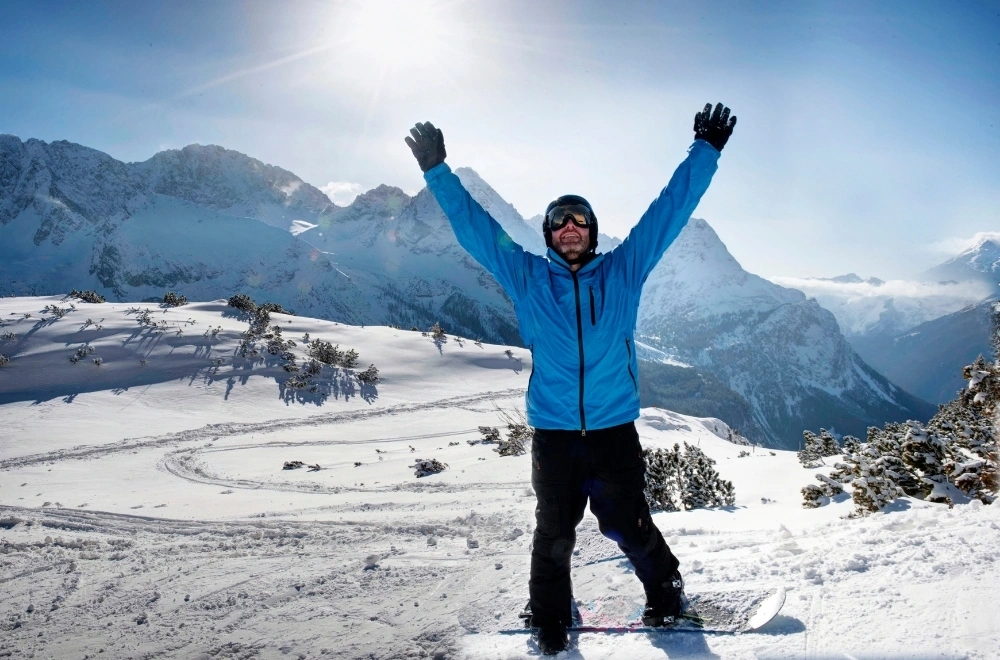Winter sports captivate millions around the globe, offering a unique blend of adrenaline, skill, and breathtaking natural beauty. From the high-speed rush of downhill skiing to the precision of figure skating, these activities provide excitement, challenge, and a deep connection with snowy landscapes. This article explores the most popular winter sports, their history, physical demands, and the sheer exhilaration they bring to athletes and spectators alike.
1. The Allure of Winter Sports
Winter sports are more than just recreational activities—they are a celebration of human endurance, agility, and the ability to conquer harsh environments. The crisp mountain air, the crunch of snow underfoot, and the stunning vistas of snow-covered peaks create an unmatched atmosphere. Unlike summer sports, winter disciplines require specialized equipment and conditions, making them both exclusive and thrilling.
The appeal of winter sports lies in their diversity:
- Speed and adrenaline (skiing, snowboarding, bobsleigh)
- Precision and artistry (figure skating, ice dancing)
- Strategy and teamwork (curling, ice hockey)
- Endurance and exploration (cross-country skiing, snowshoeing)
Each sport offers a unique experience, attracting athletes of all ages and skill levels.
2. Popular Winter Sports and Their Thrills
A. Alpine Skiing (Downhill Skiing)
Alpine skiing is one of the most exhilarating winter sports, combining speed, technique, and courage. Skiers race down steep, snow-covered slopes at speeds exceeding 80 mph (130 km/h), navigating sharp turns and jumps.
- History: Originating in the European Alps, modern competitive skiing began in the mid-19th century.
- Key Events: The Winter Olympics, World Cup, and iconic races like the Hahnenkamm in Austria.
- Thrill Factor: The sheer speed and risk of wiping out make downhill skiing a heart-pounding experience.
B. Snowboarding
Born in the 1960s as a rebellious alternative to skiing, snowboarding has evolved into a mainstream sport with multiple disciplines:
- Freestyle: Tricks, jumps, and halfpipe maneuvers (popularized by Shaun White).
- Freeride: Off-trail riding in natural terrain.
- Alpine (Carving): High-speed, precision turns on hard-packed snow.
Why It’s Thrilling: Catching air on a halfpipe or carving through fresh powder delivers an unmatched sense of freedom.
C. Ice Hockey
A fast-paced, physical team sport played on ice, ice hockey is particularly popular in Canada, the U.S., Russia, and Scandinavia.
- Key Features:
- High-speed skating (up to 30 mph / 48 km/h)
- Hard-hitting body checks
- Precision shooting and stickhandling
- Thrill Factor: The combination of speed, aggression, and skill makes hockey one of the most exciting winter sports to watch and play.
D. Figure Skating
A blend of athleticism and artistry, figure skating demands strength, flexibility, and grace.
- Disciplines:
- Singles (men’s and women’s) – Jumps like the triple axel and quadruple lutz.
- Pairs – Lifts and synchronized jumps.
- Ice Dance – Emphasis on rhythm and footwork.
- Thrill Factor: The risk of falls during complex jumps and the beauty of perfectly executed routines create dramatic performances.
E. Freestyle Skiing
A high-flying, acrobatic sport that includes:
- Moguls: Skiing over bumpy terrain with aerial jumps.
- Aerials: Launching off ramps to perform flips and twists.
- Ski Cross: A multi-skier race with obstacles and jumps.
Why It’s Thrilling: The combination of speed, airtime, and tricks makes freestyle skiing a crowd favorite.
F. Bobsleigh, Luge, and Skeleton
These three gravity-powered sledding sports are among the fastest and most dangerous winter events.
- Bobsleigh: Teams of 2 or 4 race down an icy track at 90+ mph (145 km/h).
- Luge: Riders lie on their backs, feet-first, reaching extreme speeds.
- Skeleton: Similar to luge, but riders go head-first, face down.
Thrill Factor: The G-forces, tight turns, and minimal protection make these sports a test of nerves.
G. Cross-Country Skiing
A test of endurance, cross-country skiing involves racing over long distances using skis and poles.
- Styles:
- Classic (parallel strides in groomed tracks)
- Skate Skiing (a faster, side-to-side motion)
- Thrill Factor: The challenge lies in maintaining stamina over grueling distances, often in freezing conditions.
H. Curling
A strategic team sport where players slide stones on ice toward a target, while teammates sweep the ice to control speed and direction.
- Why It’s Thrilling: The precision and psychological battle between teams make curling a unique winter sport.
3. The Physical and Mental Demands of Winter Sports
Winter sports require a unique combination of:
- Strength & Balance: Skiing and snowboarding demand strong legs and core stability.
- Endurance: Cross-country skiing and biathlon test cardiovascular fitness.
- Mental Toughness: High-speed sports like downhill skiing and skeleton require focus and fear management.
- Flexibility & Coordination: Figure skating and freestyle skiing rely on body control.
Athletes train year-round, often in specialized facilities (indoor ski slopes, ice rinks) to maintain peak performance.
4. The Risks and Safety Measures
While thrilling, winter sports come with risks:
- High-Speed Crashes (skiing, snowboarding, bobsleigh)
- Frostbite & Hypothermia (extreme cold exposure)
- Avalanches (backcountry skiing/snowboarding)
Safety Tips:
- Wear helmets and protective gear.
- Check weather and avalanche forecasts.
- Take lessons before attempting advanced techniques.
5. The Cultural and Economic Impact
Winter sports are a major part of global culture and economy:
- Winter Olympics: The premier event, held every four years, showcasing elite athletes.
- Tourism: Ski resorts in the Alps, Rockies, and Japan attract millions yearly.
- Technology: Advances in gear (lighter skis, heated jackets) improve performance and safety.
6. Conclusion: Why Winter Sports Are Unmatched
Winter sports offer a unique combination of adrenaline, skill, and nature’s grandeur. Whether it’s the speed of downhill skiing, the artistry of figure skating, or the teamwork in hockey, these sports provide unforgettable experiences. For participants, they build resilience and joy; for spectators, they deliver awe-inspiring moments.
As climate change threatens snow conditions, the future of winter sports depends on sustainability efforts. Yet, as long as snow falls and ice forms, the thrill of winter sports will continue to captivate hearts worldwide.
